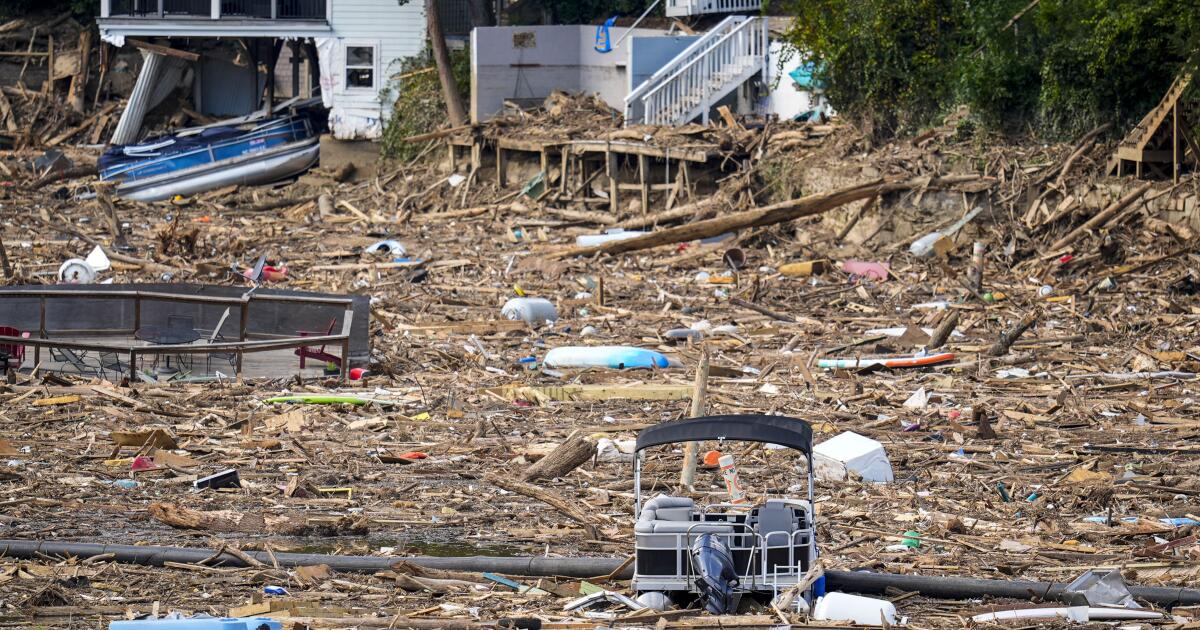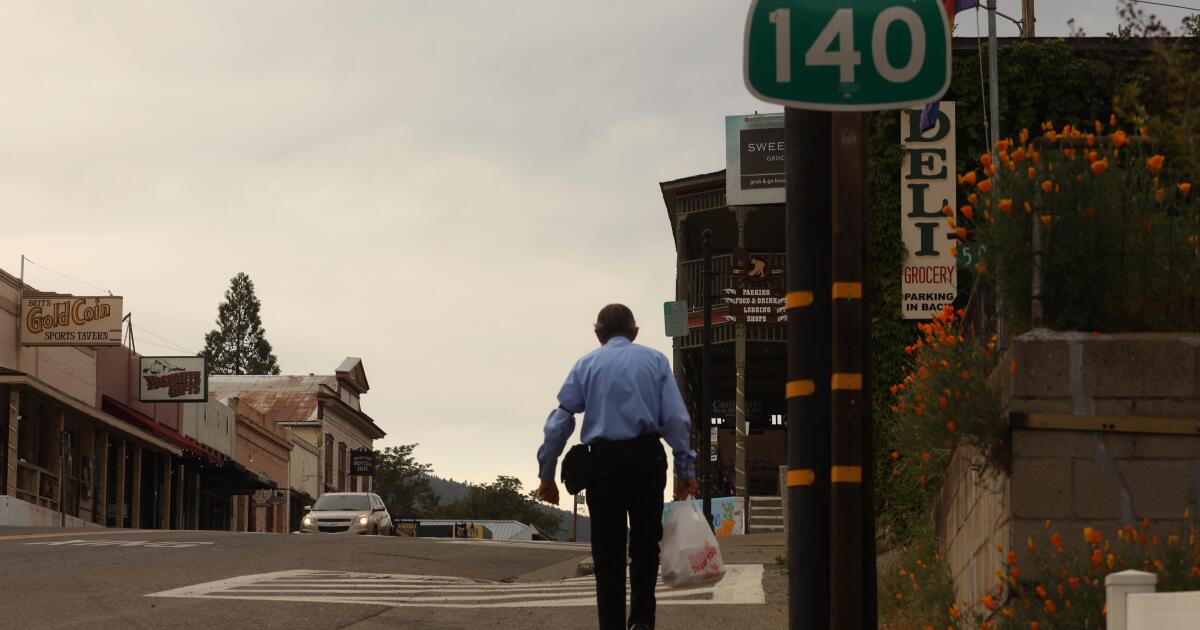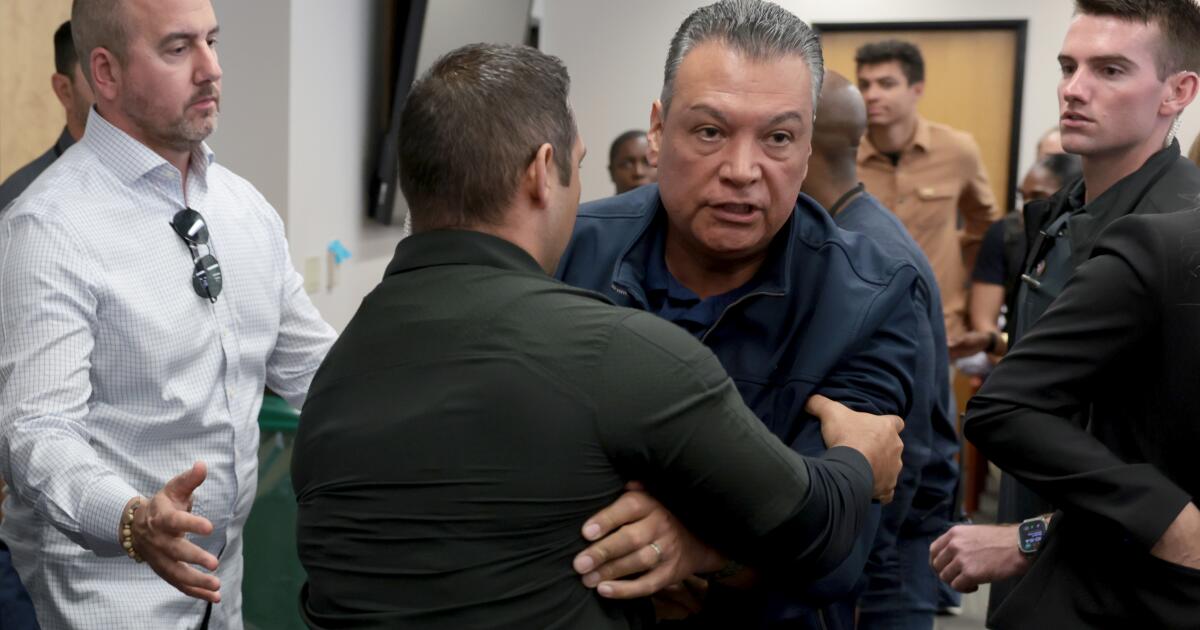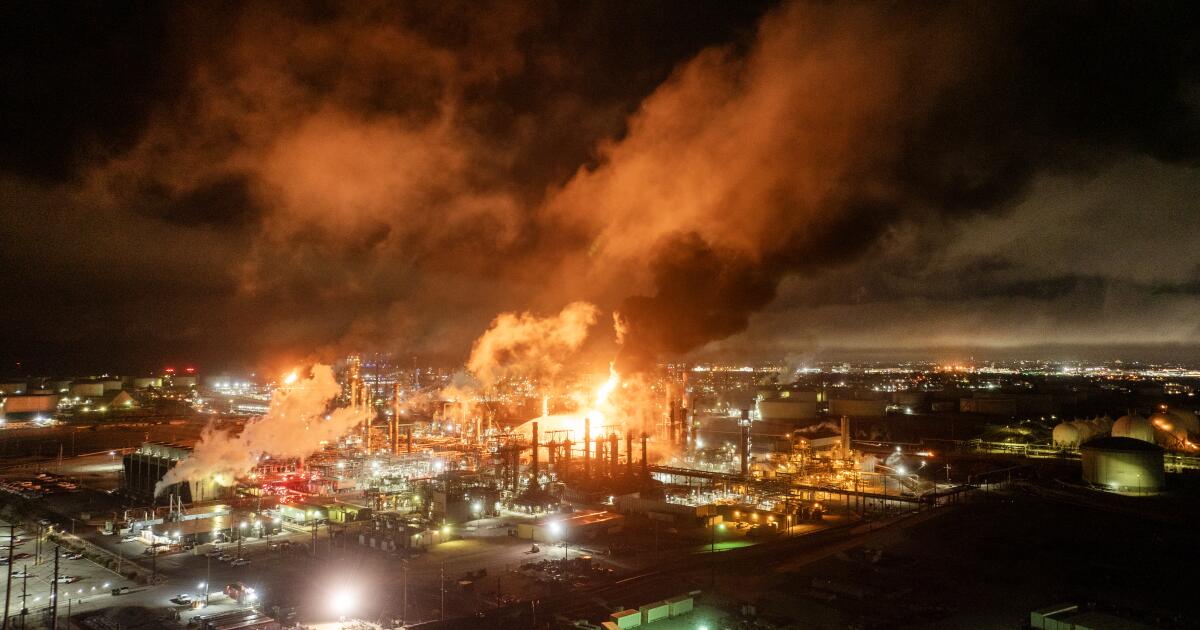The Justice Department's report on what went wrong in Uvalde, Texas, nearly two years ago, when an 18-year-old gunman armed with a high-powered rifle murdered 19 children and two teachers in their classrooms, is absolutely depressing and absolutely condemnatory.
It won't make anyone who reads it feel one bit better about the grotesque events of May 24, 2022, including the helplessness of the 33 students and three teachers who were trapped in a classroom with the gunman for more than an hour while the Police officers milled about. circling in the hallway outside.

opinion columnist
Robin Abcarian
But it must be fervently hoped that it will help other law enforcement agencies avoid the kind of deadly mistakes that were made at Robb Elementary School two days before the start of summer vacation that year. For that reason, at least, the report is worth digesting.
Many who followed the terrible events in Uvalde will remember the clumsy police response, the conflicting information from law enforcement representatives in the aftermath, the anguish of families who were never given an adequate explanation for the tragedy. Although the Texas House of Representatives issued its own damning report in July 2022, the new estimate goes into excruciating detail in a much longer, broader, minute-by-minute account of the tragedy.
Justice Department investigators spent many months interviewing 267 people and poring over thousands of documents, photographs, body camera and CCTV footage, training manuals and transcripts.
In more than 500 pages, the document describes a response to the tragedy almost similar to that of Keystone Kops: there was no adequate command structure. The local police chief abandoned his radios upon arrival because, he told investigators, he wanted his hands free, so he could only communicate with his phone and his voice in that hectic and deadly situation.
After several of his officers were grazed by shrapnel while running toward classrooms where they heard gunshots, the chief ordered them to stay behind and evacuate other classrooms rather than confront the gunman. Thus, instead of breaking into the two joined classrooms where the gunman continued to slaughter children, the agents retreated and waited for SWAT agents and specialized equipment to arrive. It was a terrible and unforgivable failure.
As the report noted, active shooter protocols were developed after the devastating 1999 massacre at Columbine High School in Colorado. require officers to confront and neutralize a threat as quickly as possible. “Everything else, including officer safety,” the report notes, “is subordinate to that goal.” Simply put, this is why choosing a career in policing is an act of bravery. You must be willing to run toward danger, not away from it.
Among the first responders, according to the report, communication was terrible. Rumors ran rampant: some mistakenly said the Uvalde police chief was negotiating with the shooter in a classroom. Some mistakenly believed the shooter had already been killed because they observed what they considered a lack of urgency on the part of officers already on the scene.
Police wasted precious time searching for a key to a classroom that was most likely unlocked, the report said, but officers wouldn't have known because, infuriatingly, they never attempted to turn the doorknob.
Ultimately, nearly 400 law enforcement officers from at least two dozen agencies showed up. No one knew who was in charge; The ambulances were unable to pass the police vehicles to access the school. Perhaps most devastating is that although officers arrived on the scene three minutes after the gunman stormed the campus, it would be 77 minutes before he was killed. During that time, police heard him fire 45 bullets.
Some passages in the report are almost too painful to read. The account of a 16-minute 911 call by fourth-grade students trapped in their classroom with the shooter is especially brutal. While the agents waited in the hallway, the children asked for help: “I don't want to die. “My teacher is dead.” “One of my teachers is still alive but he was shot.” “There are many corpses.”
The officers had done their job, Atty said. Gen. Merrick Garland, who released the report Thursday at a news conference in Uvalde, “lives would have been saved and people would have survived.”
According to the report, the consequences of the massacre were also a disaster. The injured children, some with gunshot wounds, were put on a bus instead of being treated by doctors. Some families were wrongly told that their children were alive.
“The extent of misinformation, misinformation, misleading and deceptive narratives, leaks and lack of communication about what happened,” Garland said, “is unprecedented and has had a widespread and negative impact on mental health and recovery.” relatives and other victims, as well as the entire Uvalde community.”
Garland couldn't help but address the broader problem we face: the easy availability of guns, which has made mass shootings a near-daily occurrence in the United States. According to the Gun Violence Archive, a nonprofit clearinghouse, there have already been 14 mass shootings (defined as incidents in which at least four victims are shot) this year, three of which occurred in California.
“Our children deserve better than to grow up in a country where an 18-year-old has easy access to a weapon that belongs on the battlefield, not in a classroom,” Garland told an audience that included Uvalde families who They cried. “We hope to honor the victims and survivors by working together to try to prevent something like this from happening again, here or anywhere.”
It really is pathetic that we have to devote our energy to developing better responses to mass shootings instead of getting weapons of war off our streets in the first place.











